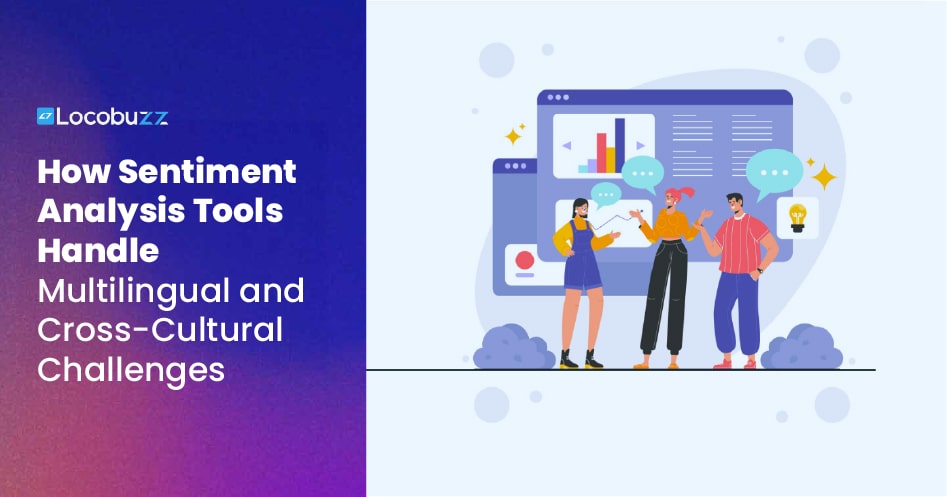Sentiment analysis tools must navigate the complexity of multiple languages and cultures. From handling sarcasm and idioms to interpreting regional slang, AI sentiment analysis combines machine translation, language-specific models, and human insight to deliver accurate understanding across markets
Every language speaks an emotion. Understanding that emotion and decoding the meaning behind it is essential to understanding what people are trying to say. All across the world, people speak different languages. Each of these languages has unique idioms, and cultural cues. This is where Sentiment analysis tools come into the picture. They help decipher the meaning behind these nuances and ensure that the correct and intended message reaches the audience.
Praise in one country can sound like sarcasm in another. Businesses all over the world face the challenge of decoding customer intent and emotion correctly, but the right tools can help massively. They can help you get accurate customer insights and detect risks early, as well as create and track better campaigns.
Here are the ways that AI sentiment analysis tools can be used to handle multilingual and cross-cultural challenges.
Capturing Local Sentiments with Region Specific Data
A great and effective sentiment analysis tool doesn’t just extract universal data, it analyzes local data by checking mentions across different platforms. The system can help you learn how the local people talk. This reduces misinterpretations, and when the system is trained on local inputs, it can help understand the use of idioms, metaphors, and regional humor. This ensures that nothing gets lost in translation. A campaign may be a success in one place, but that might not be the case everywhere.
Decoding Nuances Across Cultures for Accurate Insights
Different cultures have different ways of talking and expressing emotions. Language is not just words, but it is the way people convey how they feel. Sarcasm and irony change through different languages, but there is always meaning behind them. For eg, a sentiment analysis tool for Facebook can understand multiple languages and nuances within those languages. It can accurately show how your brand’s sentiment changes over time. You can understand and look at specific topics that are being spoken about by highlighting certain keywords and the analytics tools will understand whenever those keywords are mentioned. This means you can look at what is being spoken and interpret it better.
Measuring Sentiment Consistently Across Global Markets
For a global brand, measuring sentiment isn’t about getting a single universal score, it’s about understanding how each market feels in its own cultural context. Looking only at one overall sentiment score and applying it everywhere is not just misleading, it’s ineffective. What resonates positively in one country could fall flat or even be criticized in another.
With the right sentiment analysis software, brands can listen to millions of conversations at once and then segment the insights by region and language. Instead of saying “positive” or “negative,” the system reveals different sentiment changes for different markets, showing exactly how audiences across the globe respond to the same message.
Keeping track of the competition
Tracking competitors is essential if you wish to succeed. These tools can give you an understanding of how the sentiment for your competitors evolves over time, and you can compare it against your own. You can check how your competitors perform across different languages. You can also conduct market research in a new area for a new product by seeing how your competitors have performed, and get a better understanding of how the market is responding to it
A powerful AI-powered CX platform like Locobuzz can perform sentiment analysis in multiple languages. The platform can capture idioms and expressions. Locobuzz integrates millions of multilingual conversations from social media, review sites, and community platforms to understand the customer intent better. This gives brands a clear view of their global audience and what people feel, even if they all speak in different languages.
Understanding culture and emotion
In a world where one word can mean praise in one culture and criticism in another, understanding sentiment across languages isn’t just a technical challenge, it’s a business necessity. This is essential to building a loyal global audience worldwide. Every language speaks an emotion, and understanding this emotion is valuable. It reads between the lines and understands how different people communicate. Good sentiment analysis tools don’t just hear what people say but actually listen to them.
 Skip to content
Skip to content












